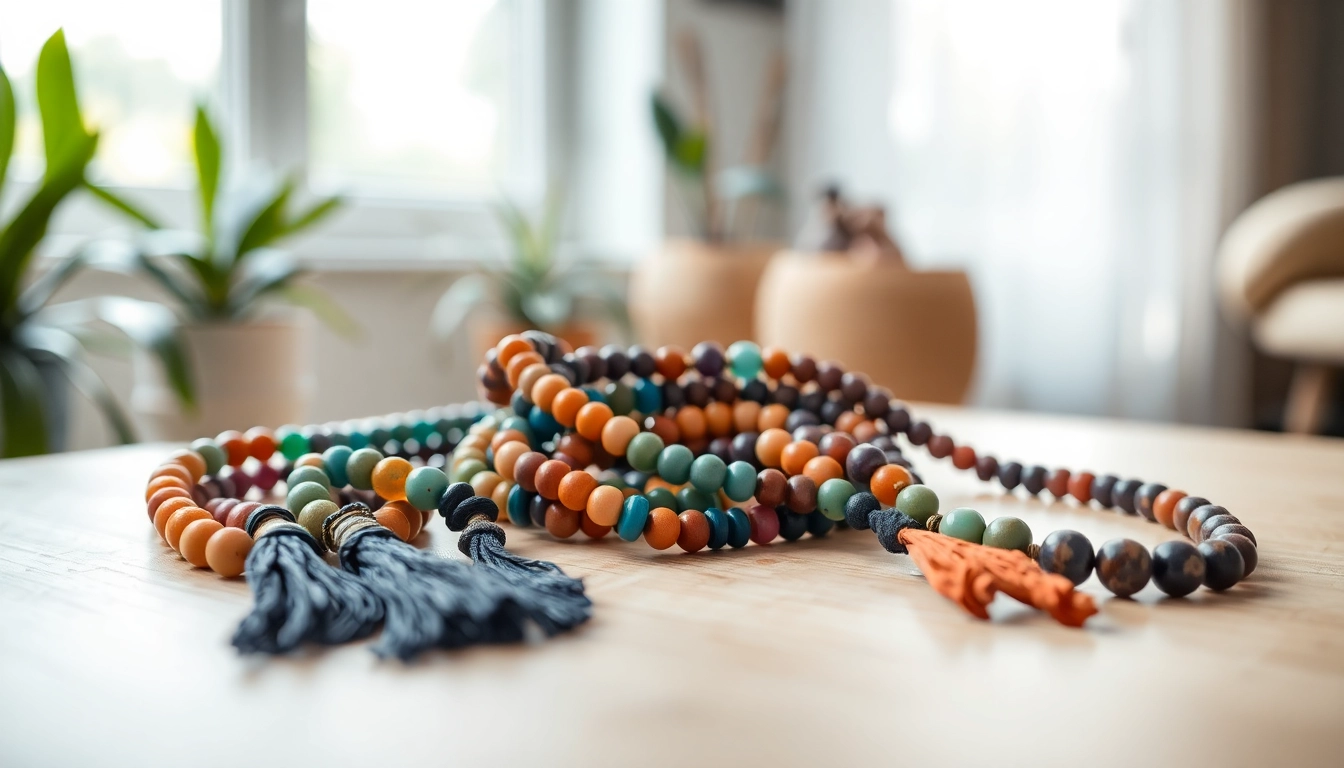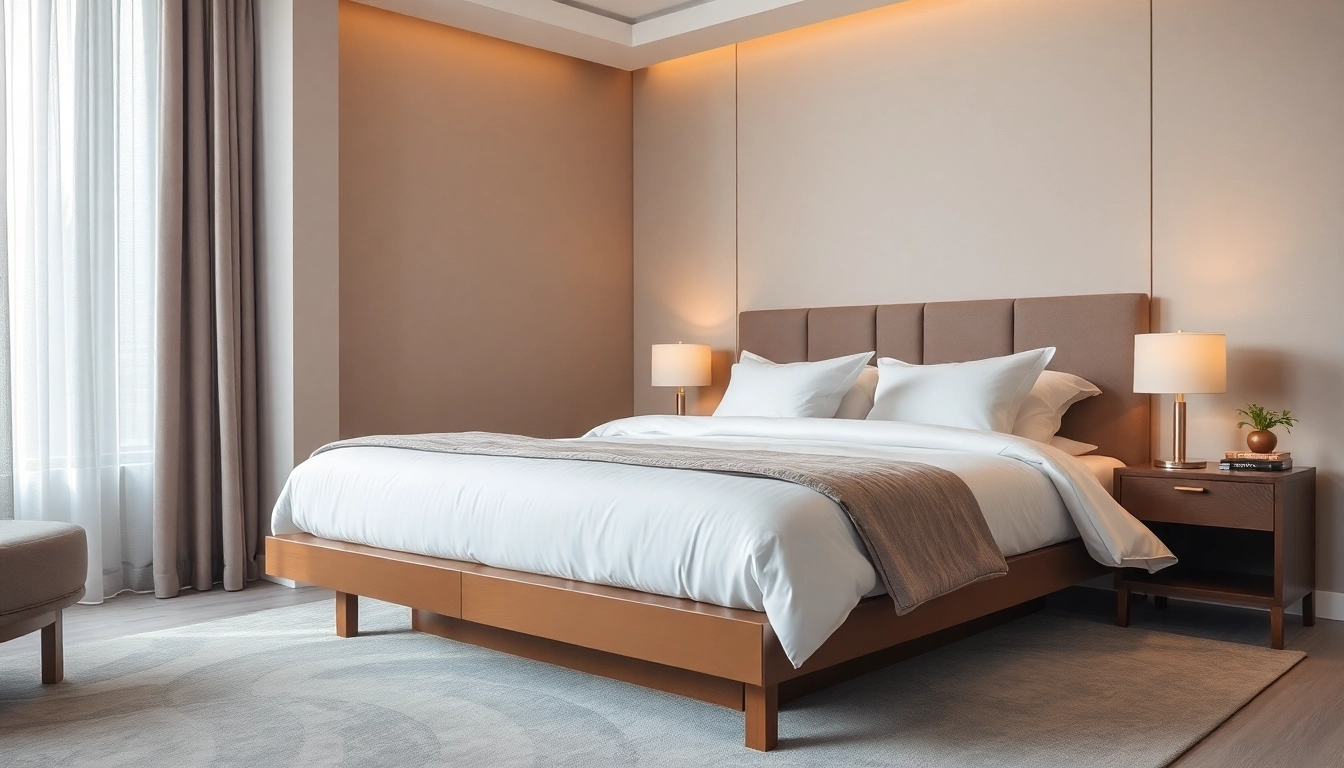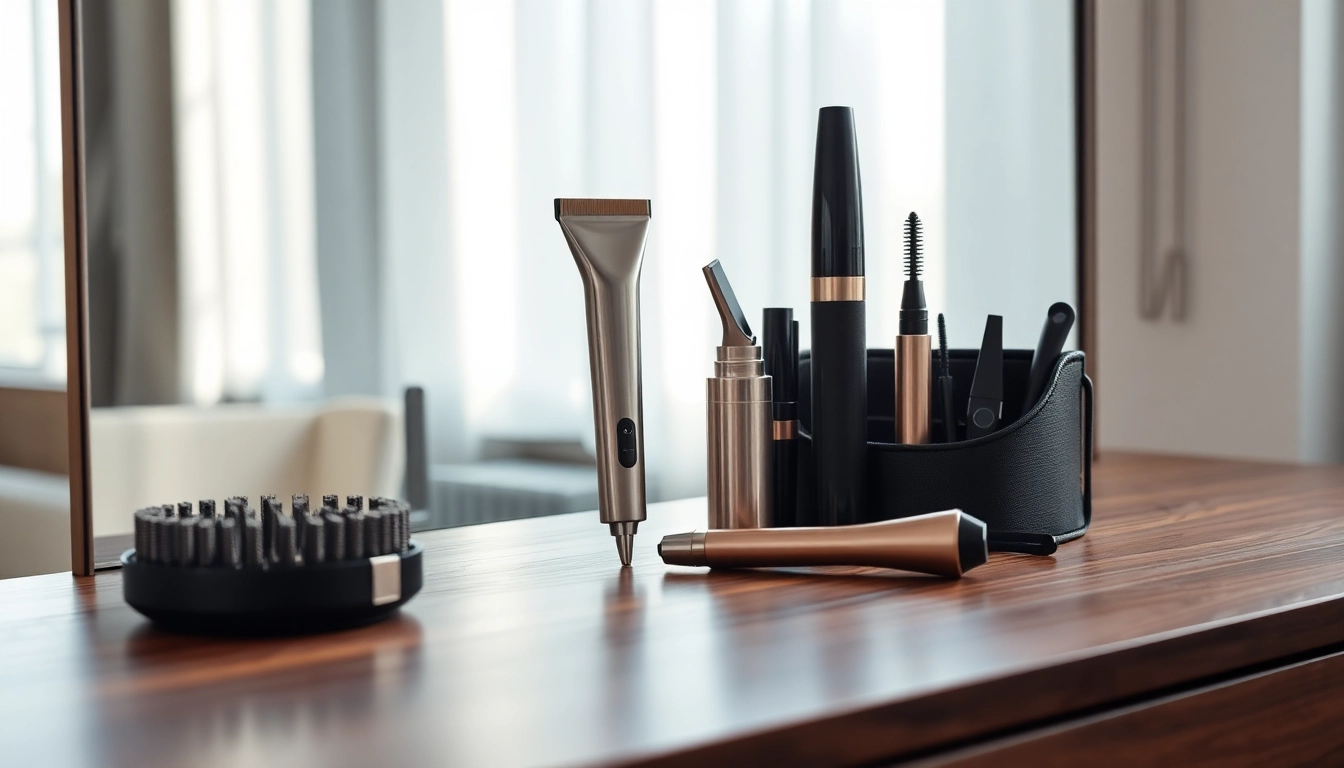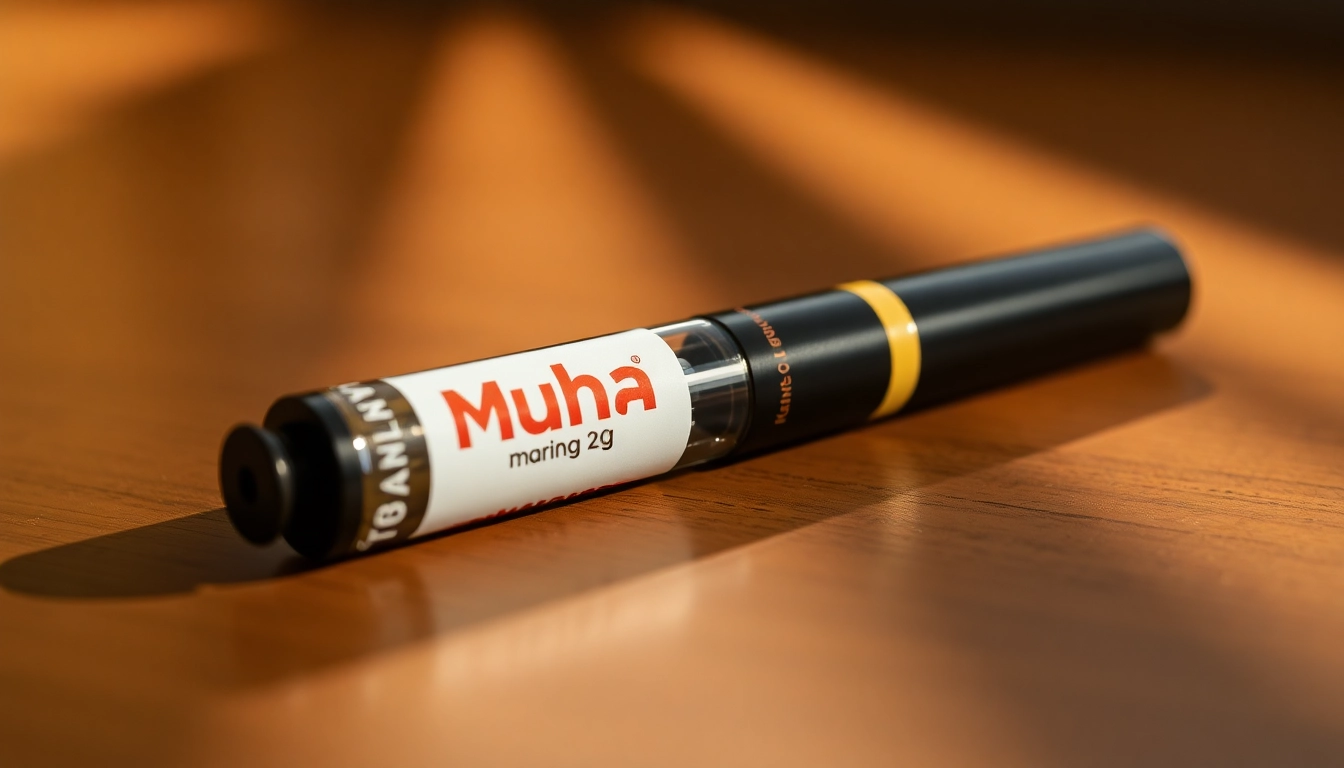What Are Malas and Their Significance?
Malas are beautiful strings of beads traditionally used in meditation practices, particularly within the contexts of Buddhism and Hinduism. Though they can be adopted by anyone interested in mindfulness and spirituality, malas are much more than mere aesthetic accessories. They serve profound spiritual purposes, often assisting practitioners in counting mantras or prayers during meditation. Each mala is carefully crafted, often consisting of 108 beads, plus a unique guru bead, which serves as a starting point or marker in meditation practices. This unique significance makes malas not just tools but deeply personal objects imbued with culture and spirituality.
The History of Malas
The origins of malas can be traced back over 3,000 years to ancient India, where they were first used in Hindu and Buddhist traditions. They are believed to have originated as a tool for helping practitioners keep track of their meditation recitations or mantra repetitions, providing a tactile means to maintain focus during spiritual practices. Over time, malas have evolved and adapted, spreading to various cultures worldwide, gaining new meanings and adaptations. In addition to their traditional uses, many people today wear malas as jewelry, integrating their spiritual significance into everyday life.
Cultural Importance in Meditation
Malas are integral to meditation practices, fostering a deeper connection between the physical and spiritual self. Each bead represents a mantra or a moment in one’s meditation journey, allowing practitioners to remain grounded and mindful. In Buddhist traditions, it is customary to count each bead while reciting a mantra, enabling the mind to focus on the sound, rhythm, and meaning of the words. This repetition not only enhances concentration but also facilitates a sense of tranquility and spiritual enlightenment. In modern wellness communities, the use of malas has transcended traditional boundaries, becoming popular tools for mindfulness and stress relief.
Symbolism Behind Mala Beads
The significance of malas goes far beyond their use in meditation. Symbolically, malas embody various spiritual concepts. The 108 beads correspond to sacred numbers in both Buddhism and Hinduism—108 being considered complete, encapsulating the universe and the wholeness of life. The guru bead, usually distinct from the others, serves as a reminder of the teacher-student relationship in spiritual traditions, emphasizing the importance of guidance on one’s personal journey. Additionally, malas can be crafted from various materials, each imbued with unique properties and energies, which further accentuates their spiritual significance.
Types of Malas: A Comprehensive Guide
Traditional vs. Modern Designs
When exploring the realm of malas, one can find a wide range of designs that reflect both traditional craftsmanship and modern aesthetics. Traditional malas are often simple, showcasing natural materials such as wooden beads or seeds. These designs honor the origins of malas, emphasizing their spiritual and meditative functions over decorative attributes. On the other hand, modern malas frequently incorporate various gemstones, crystals, and intricate designs, appealing to those who appreciate beauty alongside spirituality. The choice between traditional and modern designs ultimately depends on personal preference and the intended use of the mala.
Materials Used in Malas
The materials used in mala making are vital as they can influence the mala’s energy and purpose. Some common materials include:
- Wood: Traditionally used in malas, wooden beads typically represent simplicity and grounding.
- Seeds: Rudraksha seeds, for example, are prominent in Hindu malas and are believed to hold significant spiritual value.
- Gemstones: Often selected for their healing properties, gemstones such as amethyst, rose quartz, and lapis lazuli can enhance meditation experiences and emotional healing.
- Glass: Modern malas sometimes feature glass beads, adding colors and designs that can evoke specific feelings or intentions during meditation.
Choosing the Right Mala for You
Selecting the right mala can be a deeply personal journey. When choosing a mala, consider the following factors:
- Intention: Reflect on what you seek from using a mala. Are you focusing on spiritual growth, healing, or mindfulness?
- Material: Choose a material that resonates with you personally, whether it’s the tactile feel of wood or the visual appeal of gemstones.
- Design: Consider whether you prefer a traditional, simple mala or something more modern and decorative.
- Size: Ensure the mala fits comfortably in your hand and that you can easily use it during meditation.
How to Use Malas in Meditation
Counting Mantras with Malas
The primary use of malas in meditation is to count mantras or affirmations. Typically, a practitioner will hold the mala in one hand, use their thumb to move from one bead to the next, and recite their chosen mantra at each bead. This practice allows the mind to focus and fosters a rhythmic flow in meditation. The number of beads—often 108—allows for multiple rounds of mantra repetition, leading to deeper immersion in the experience. Practitioners often find that the tactile sensation of the beads aids in concentration and mindfulness.
Setting Intentions and Mindfulness Practice
Before beginning a meditation session with your mala, take time to set an intention. This can be a specific goal, an affirmation, or a feeling you wish to cultivate. Holding your mala, focus on your intention and visualize it as you move through the beads. Each bead becomes a step towards embodying that intention. This practice not only enhances meditation but also integrates mindfulness into daily life. Engaging with your mala can serve as a reminder throughout the day, helping to ground you and bring focus to your intentions.
Incorporating Malas into Daily Life
Malas can be utilized beyond formal meditation sessions. Incorporating them into your daily routine can create a continuous thread of mindfulness. Here are a few practical ways to do so:
- Prior to Sleep: Spend a few minutes with your mala, reciting a calming mantra to unwind from the day.
- During Disruptive Moments: When feeling overwhelmed or anxious, use your mala to recite calming phrases or deep breaths to regain focus.
- As Jewelry: Wearing your mala as a necklace or bracelet can serve as a physical reminder of your intentions and mindfulness practice.
Caring for Your Malas: Best Practices
Cleaning and Maintenance Tips
To ensure your mala remains spiritually effective and beautiful over time, it is essential to clean and maintain it properly. Depending on the material, different cleaning methods are suited:
- Wood or Seed Beads: Wipe gently with a soft cloth and avoid getting them wet to prevent damage.
- Gemstone Beads: Use a damp cloth to clean, and allow them to air dry completely. Avoid harsh chemicals.
Storing Your Malas Safely
Storage plays a crucial role in the longevity of your mala. When not in use, store your mala in a soft pouch or box to protect it from physical damage and exposure to sunlight. This practice not only maintains its physical condition but also honors its spiritual significance as a sacred object.
When to Replace Your Mala
As you utilize your mala over time, it may show signs of wear and tear. Common indicators that it may be time for a replacement include:
- Visible damage to the beads, such as cracks or breakage.
- The mala feeling energetically “heavy” or not resonating with you as it once did.
- When you feel you have outgrown the mala’s intention or purpose and wish to align with new energies.
The Growing Popularity of Malas in Contemporary Culture
Malas in Yoga and Wellness Communities
In recent years, malas have gained considerable popularity in yoga studios and wellness communities. They are often seen as symbols of holistic health, mindfulness, and spiritual growth. Many practitioners use malas during yoga sessions as tools for deepening their practice and connecting to their breath. Additionally, workshops on mala-making have emerged, empowering individuals to create personalized malas that reflect their unique journeys, fostering a sense of community and shared intentions among participants.
Trends in Mala Designs and Aesthetics
As more people embrace malas, various design trends have begun to emerge. There’s a growing interest in unique materials, including eco-friendly and ethically sourced options. Additionally, more intricate and artistic designs are becoming popular, appealing to both aesthetic appreciation and spiritual symbolism. Many enthusiasts are now seeking personalized malas that incorporate stones and beads significant to their own spiritual or healing journeys.
Personal Stories of Transformation Through Malas
Beyond their practical applications, malas have become vessels of personal transformation for many. Individuals often share their stories about how malas have supported them during difficult transitions, facilitated spiritual awakenings, or provided comfort during times of distress. These narratives underscore the true power of malas, illustrating how they can become symbols of personal growth and resilience throughout one’s life journey.



